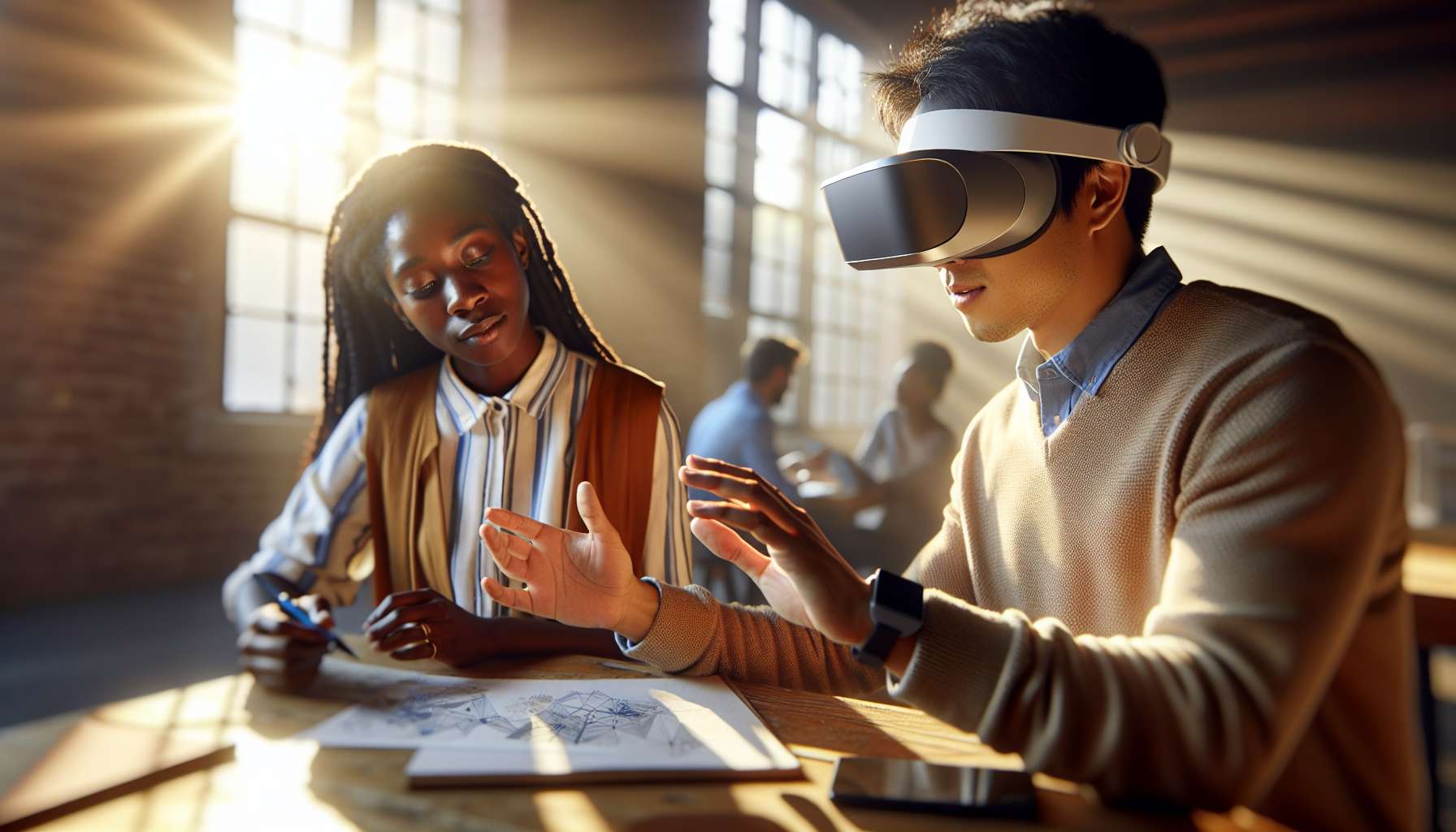Unlocking the Potential of Augmented Reality in Education
Imagine a classroom where students can explore the depths of the ocean, travel back in time to witness historical events, or dissect a virtual frog without the need for physical specimens. This is the power of augmented reality (AR) in education, a technology that is revolutionizing the way we learn and engage with information. In this article, we will delve into the world of AR and explore its incredible potential in the field of education.
What is Augmented Reality in Education?
Augmented reality is a technology that overlays digital content onto the real world, enhancing our perception and interaction with our surroundings. In the context of education, AR integrates virtual elements into the physical learning environment, creating an immersive and interactive experience for students.
Unlike virtual reality, which completely replaces the real world with a simulated environment, AR enhances the real world by adding virtual objects, information, or experiences. This unique blend of the real and virtual worlds opens up endless possibilities for educational applications.
Enhancing Learning Experiences
AR in education has the potential to transform traditional teaching methods into dynamic and engaging experiences. By bringing abstract concepts to life, AR bridges the gap between theoretical knowledge and real-world applications.
For example, imagine a biology class where students can use AR to explore the human body in 3D, zooming in on organs and understanding their functions in a more interactive and memorable way. This hands-on approach not only deepens students’ understanding but also sparks their curiosity and enthusiasm for learning.
AR can also facilitate collaborative learning by enabling students to work together on projects and simulations. Whether it’s solving complex math problems or conducting virtual science experiments, AR fosters teamwork, critical thinking, and problem-solving skills.
Breaking Down Barriers
One of the greatest advantages of AR in education is its ability to break down geographical and physical barriers. With AR, students can access educational content from anywhere, eliminating the limitations of traditional classroom settings.
For instance, students in remote areas can participate in virtual field trips to famous landmarks, museums, or even foreign countries, expanding their horizons and cultural understanding. AR also provides inclusive learning opportunities for students with disabilities, allowing them to experience subjects in a more accessible and interactive manner.
Real-World Applications
AR is already making waves in various educational fields. In medical education, students can practice surgical procedures on virtual patients, improving their skills and confidence before entering the operating room. In architecture and design, AR enables students to visualize and manipulate 3D models, enhancing their spatial awareness and creativity.
Furthermore, language learning becomes more immersive as AR can overlay translations and pronunciation guides onto real-world objects. This interactive approach enhances language acquisition and cultural understanding.
The Future of AR in Education
The potential of AR in education is vast and ever-expanding. As the technology continues to evolve, we can expect to see even more innovative applications and advancements.
Imagine personalized learning experiences tailored to each student’s needs and learning style, adaptive AR textbooks that adjust content based on individual progress, or even AI-powered virtual tutors providing real-time guidance and support.
With AR, the possibilities are limitless, and the future of education is brighter than ever.
In conclusion, augmented reality is revolutionizing education by creating immersive, interactive, and inclusive learning experiences. By bridging the gap between the real and virtual worlds, AR enhances understanding, sparks curiosity, and breaks down barriers. As this technology continues to evolve, we can look forward to a future where education is more engaging, personalized, and accessible than ever before.





